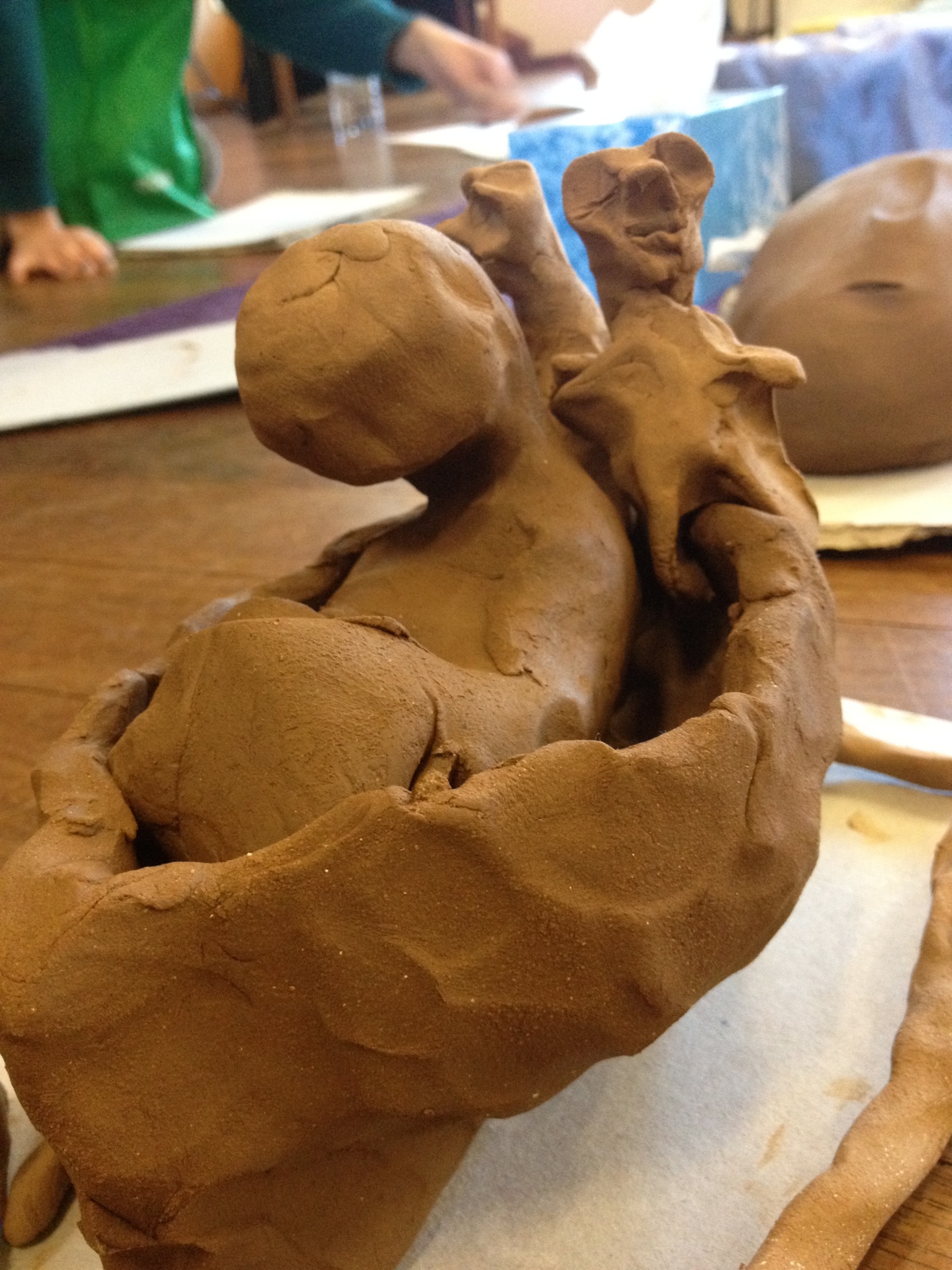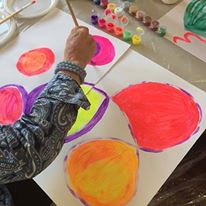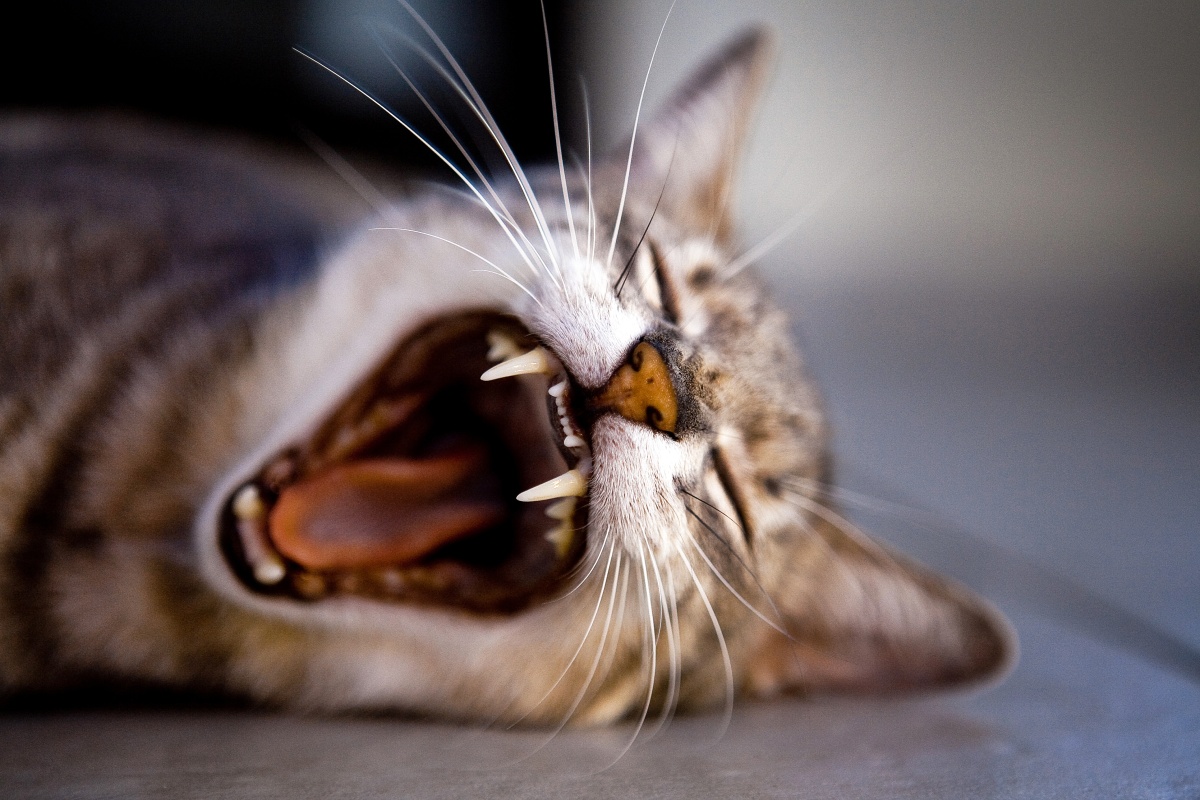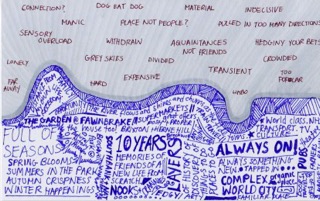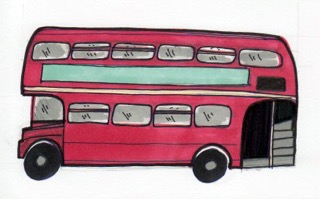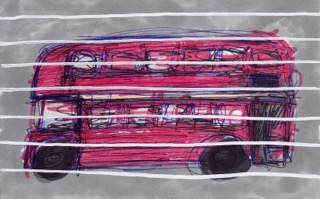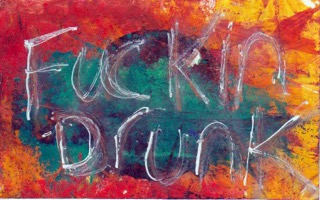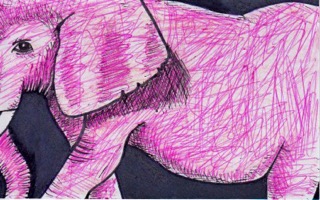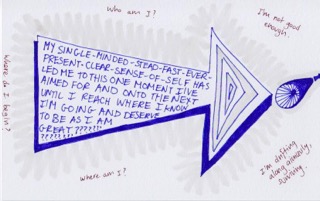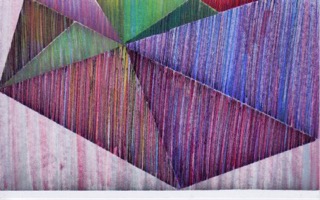So this week I turn 40. Naughty forty. The big four-oh. Forty is the new thirty, forty is the new black, 40 is the new… 40. And all that.
I thought it might be timely to take stock of some reflections on life, what I’ve learnt and what seems most important to me. (You know, just to summarise everything of importance, simmer it away on the stove and distill it into some sweet, spicy elixir of wisdom and truth, presented in a brief blog post – no pressure.) But then I thought about how me now and me at any other time period might not agree on what was important, or even what life was all about. Who have all these me’s been? What did it feel like at different moments?
0-3
There are dogs and birds and music and skin and beach and cake and wow, just like wow. Oh look at me my arm does stuff. Oh wow like I can move around and hey these are my legs and I can walk! I can walk! I get cuddles and get read to. Sounds, pictures, words. Smells, colours everywhere! Woah, more more more of all this stuff! There are words! Oh right like they mean something. I can read! I can write! I can fall over and skin my knees! I can draw! I can put EVERYTHING in my mouth!
4-6
So, there is this thing called the months of the year, and apparently I have to learn then and wow they just go on and on and this is really a very big task indeed. I have friends. We play pretend. I like baking. I like to industriously pick leaves off Grandma’s flowers and feed them to next door’s chickens, a busy little project that will last for ages. I like to help this piece of sandstone wall wear away, grinding at it with a stone. I like to play outside. We run around. The teacher makes us sit on the mat. We make books about the holidays. I like my hair in plaits, and clips.
6-11
Rollerskates and riding my bike with a sparkly seat. Neighbours and climbing trees. Making perfumes out of squished flowers. Having Barbie fights. Making elaborate plays with lots of great costumes from the dress up box. Telling rude jokes. Picking that scab on my knee. Learning facts and telling anyone who will listen. Nose in a book. Picking the neighbours flowers and selling them back to them. Jumping off the cubby house roof as a game rather than playing tea parties in the cubby house. Drawing fashion designs. Dancing around the backyard to Madonna songs and pretending we are in fact performing to vast multitudes.
12-16
Why is my hair so fluffy? Why do I have a pimple? Why is everyone, like, so stupid, and yet all of this is so funny, just ridiculously funny, and you know what, I think I’ll need to talk to my friends about it all day at lunch, and then in notes in class, and then as we walk to the bus, and then on the bus, and then at home on the phone, and then in our secret messages book to give them tomorrow at school. I just have SO MUCH to say. And so much music to listen to, which you totally wouldn’t understand the IRONIC value of, and the funniness of these bands, and their CUTE-ness, and what a super dooper crush I have on that singer, and that singer, and that actor, and that boy in class, and also that one – here I’ll write you a list. And oh my gosh don’t start, oh no don’t start laughing, not now, not here, oh no I will never stop giggling and now I just snorted and now you are laughing, and oh my god!! I have my first job, just one hour a week after school. I get actual money! Cash in an envelope once a week. And yet I also have VIEWS, about ISSUES, and BOOKS and you know I’m also very smart, here read my essay and listen to me talk awkwardly in front of the room in my slightly ill-fitted on my thin frame, scratchy uniform with hair that wont stay in place, blushing.
16-25
And now I am tall and mature and men have started looking at me – even gross old guys, yuck, what do they think I could possibly want with them. I glide. I glide through the halls of school on a bubble of my own thoughts, buoyed by an intense busyness of all my hobbies and committees. I like people and I love having friends from all different groups, and backgrounds. We have intense, serious, interesting conversations. School is a rush to the finish line, a year of deadlines and complex scheduling. Now I have a weekend job, and now a second one, and they let me do things, serve people, make coffee, clock on and they actually pay me. And I’m part of a team, and we have fun and chat and even when it’s boring its still kind of interesting. And now I’m at uni and I feel free, and romantic, and adventurous, and I am a list of my likes and dislikes, and I have mysteries, everything feels imbued with deep heavy meaningful mystery – my feelings are mysterious, the messages in music and books and films are significant beyond my knowing somehow. I write tiny little letters to tiny little pen pals, steeped with cloying rose scented mystery. I dive into love like an other-worldly mermaid into a deep cool pool of miraculous intensity. I am light, unencumbered, I drift, I have mini adventures beyond my own town. I am worldy.
Oh and the bad days start. The so sad and limp I can’t leave the house days. Conflicts and trying to make sense of patterns and the pinball like bouncing of behaviours and relationships. Complexity. Stickiness. Sadness. The shock of ‘what next’ after uni. The trying to be accepted by big important official jobs that link to my passion and mission as my confidence drains away. And grief of love lost, big heart wrenching grief that channels all the other griefs bottled up. A move. A move to another place to start a new chapter.
25-35
Big city! The thrill of the new. Kebab shops and people wearing work clothes without stockings! Trains and humidity and j-walking and staying out to the wee hours and commuting and an office job, and share houses, and relationships and most of all a big messy, dirty, trashy, sparkling spectacular city perched with all its tamed white toothed glamour, like the opera house crouched and smiling out for the cameras, above the slightly fouled water of the Harbour.
And now travel! Colours and smell and tingly exciting fear and so many people, and smells, and images and wow oh that salsa. Friends! Around the world! And kindness! And people being nice to me a wandering lost stranger.
And the thrum thoughout: who am I? Who am I? Who am I? Why am I how I am? How do I think? How do I see things? How am I feeling? Which bits of me are intrinsically me and which bits can change and have me still remain? Oh wow I have a mind watching itself, I have self-doubt, I have feelings of anxiety, I have patterns, I have preferences, I have emotions and I have a mind – how does this all work? And I start therapy! In this private sanctuary I can speak my mind, I can be heard, I can share my deepest flaws and fears and hurts… and I am OK.
And being in relationship to work. My weird codependant clingy addiction to work. My ‘sacrifice myself at the alter’ of work. My ‘I have a reason to get up because of work’ and my ‘I can’t possibly stop even if I want to because it’s so important’ relationship with work. Travel and anxiety, accomplishment and mind numbing stress, overwhelm and fatigue.
And then love, for a person: a solid, grounded, kind and ‘every day’ kind of love I realise I would like to have every single day. And home. And stability. And growing a garden together, a life together. And contentment.
35-39
And stepping up. Promotions, managing teams, supervising staff. Holy shit I’m an adult now. I’m not the young one in the team anymore. Holy shit I’m meant to know stuff – enough to teach others.
And edging away from the work I no longer see a future with (although at times I love it and am engulfed and excited by it). And towards the things I like more. Towards art. Towards a job that legitimately involves crayons and panders to my strange love of collage. Towards therapy. Towards coaching.
And more travel! Colours and smell and tingly exciting fear and airpots and so many people, and learning and feeling like a proper grown up woman doing the things that she wants. Spontaneity! Friends! Around the world! Learning! Mentors! And kindness!
Jumping knees deep into entrepreneurship (‘I can’t event spell it! how can I be one??’ I find myself wondering on incredulous days) and the highs and lows of confidence that I ride like waves in a choppy sea, and the various people positioned on life rafts and at lighthouses calling me in, guiding me in, helping to show the way.
And here. On the brink of time, right here about to begin 40 tomorrow.
——
Have you ever written your life as a story? It probably changes every time you write it (mine twists in the wind showing different sides at different moments), but it can be a great tool for gaining perspective and celebrating your journey. It can be interesting to consider the change and constancy in your experience of the world over time.
We often use story and poetry in art therapy to communicate deep feelings, celebrate our strengths or to see our lives with fresh eyes.
Maybe you could write yourself as a character? Describe yourself in a poem, or create an old-style fairytale depicting your key life adventures and lessons learnt through forests and wolves, wise women, body kings, golden keys and timber boxes. Try it! Let me know how you get on.


